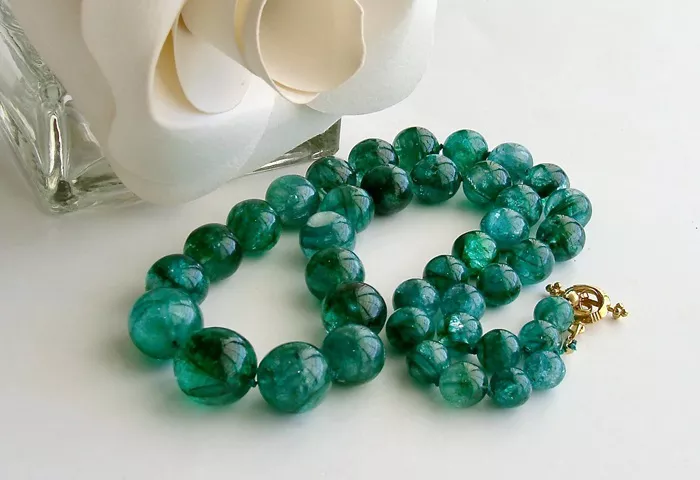The global pearl jewelry market is expected to grow significantly, reaching $42 billion by 2031, according to a recent report by Allied Market Research. The market, which was valued at $12.8 billion in 2021, is projected to grow at a compound annual growth rate (CAGR) of 13.2% from 2022 to 2031.
The market includes various products such as necklaces, earrings, rings, and other jewelry items, all featuring pearls. These pieces are crafted by embedding pearls into jewelry, either on their own or with other gemstones. For example, pearl necklaces may incorporate metal pieces surrounded by pearls. The study does not focus on the different colors of pearls, as their color can vary and is not always consistent during manufacturing.
Challenges in the Market: Misconceptions About Cultured Pearls
One of the main challenges facing the pearl jewelry market is the public’s misunderstanding of cultured pearls. Cultured pearls are created by inserting a pearl grain into mollusks, simulating the natural process of pearl formation. However, the term “cultured” often leads to confusion among consumers, who may mistakenly believe that these pearls are not genuine. This misconception has resulted in a negative perception of cultured pearls and, in turn, limits consumer interest in buying them. Many customers confuse cultured pearls with imitation pearls, which are entirely different, further contributing to the market’s growth restrictions.
Impact of Pearl Cultivation on the Industry
Pearl cultivation, the process of growing pearls by inserting seeds into mollusks, also faces several challenges. Factors such as the lifespan of mollusks, water quality, and the duration of pearl production all influence the outcome of the cultivation process. While freshwater pearl cultivation is less complex, over-cultivation can damage the environment and reduce the quality of the pearls, which negatively impacts production.
Market Segmentation and Growth Trends
The pearl jewelry market is segmented by type, material, pearl nature, pearl source, distribution channel, and region.
The key segments are:
- By Type: The market includes necklaces, earrings, rings, and other jewelry types.
- By Material: Pearl jewelry is made from gold, silver, and other materials.
- By Pearl Nature: Pearls are categorized as cultured or natural.
- By Pearl Source: Pearls are sourced from freshwater and saltwater environments.
Among these, necklaces hold the largest market share. The ring segment is expected to grow at the fastest rate, with a projected CAGR of 13.8% during the forecast period. This growth is driven by new styles and innovative metal bands developed by industry players.
The silver segment dominated the market in 2021, but the “other” materials category is expected to experience the highest growth due to the increased use of various metals in pearl jewelry production. Cultured pearls held the largest market share in 2021 and are expected to continue to dominate the market. Meanwhile, freshwater pearls also held a significant market share, with saltwater pearls forecasted to experience considerable growth in the coming years.
As the pearl jewelry market expands, overcoming misconceptions about cultured pearls and addressing cultivation challenges will be essential for continued growth and success.
Related topics:
- Kim Kardashian Wears $8 Million in Jewelry at Paris Robbery Trial
- Gemfields to Resume Open-Pit Mining at Kagem Emerald Mine in Zambia
- Alrosa Discovers Record-Breaking Diamond as Mir Mine Resumes Operations


